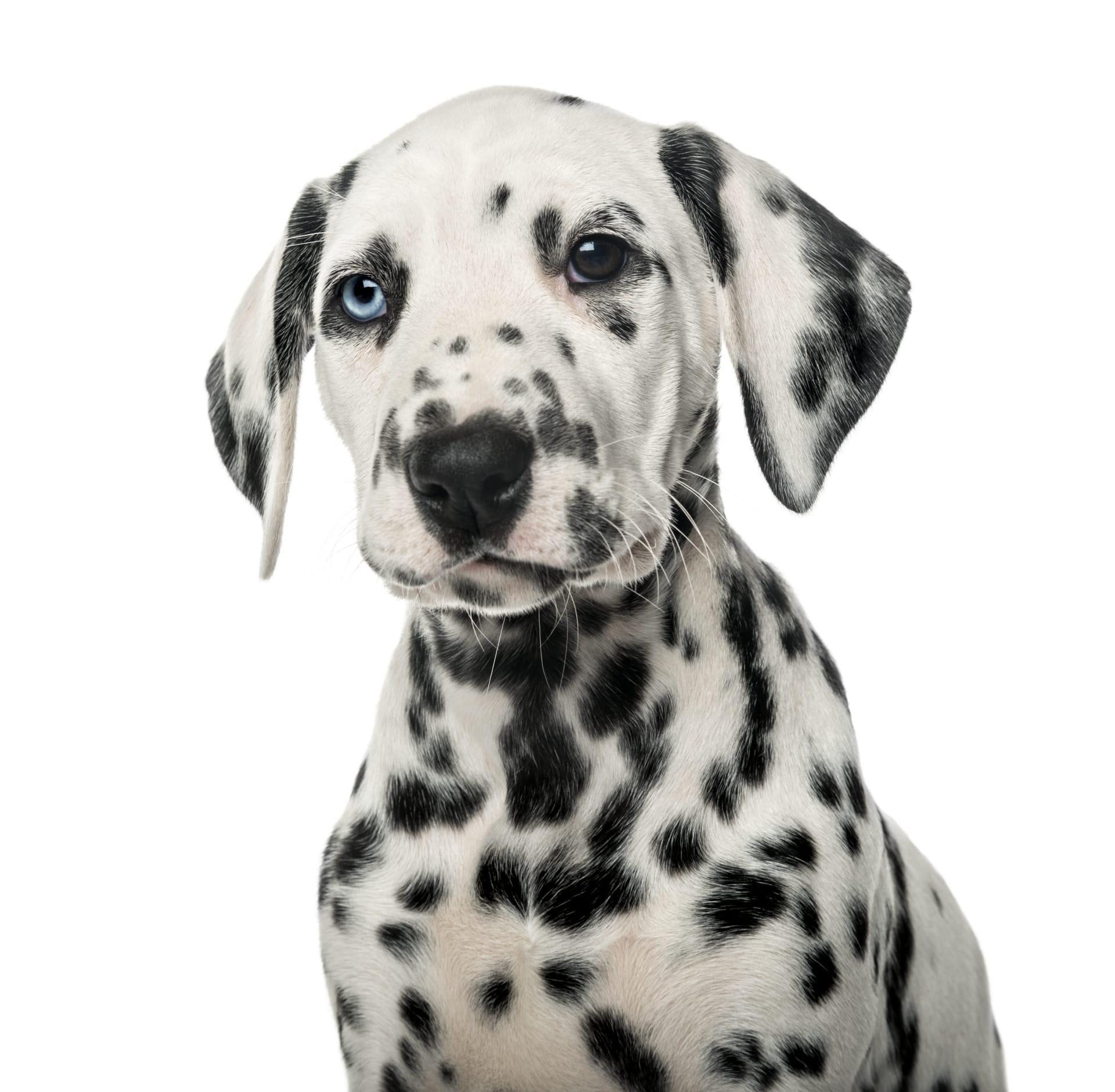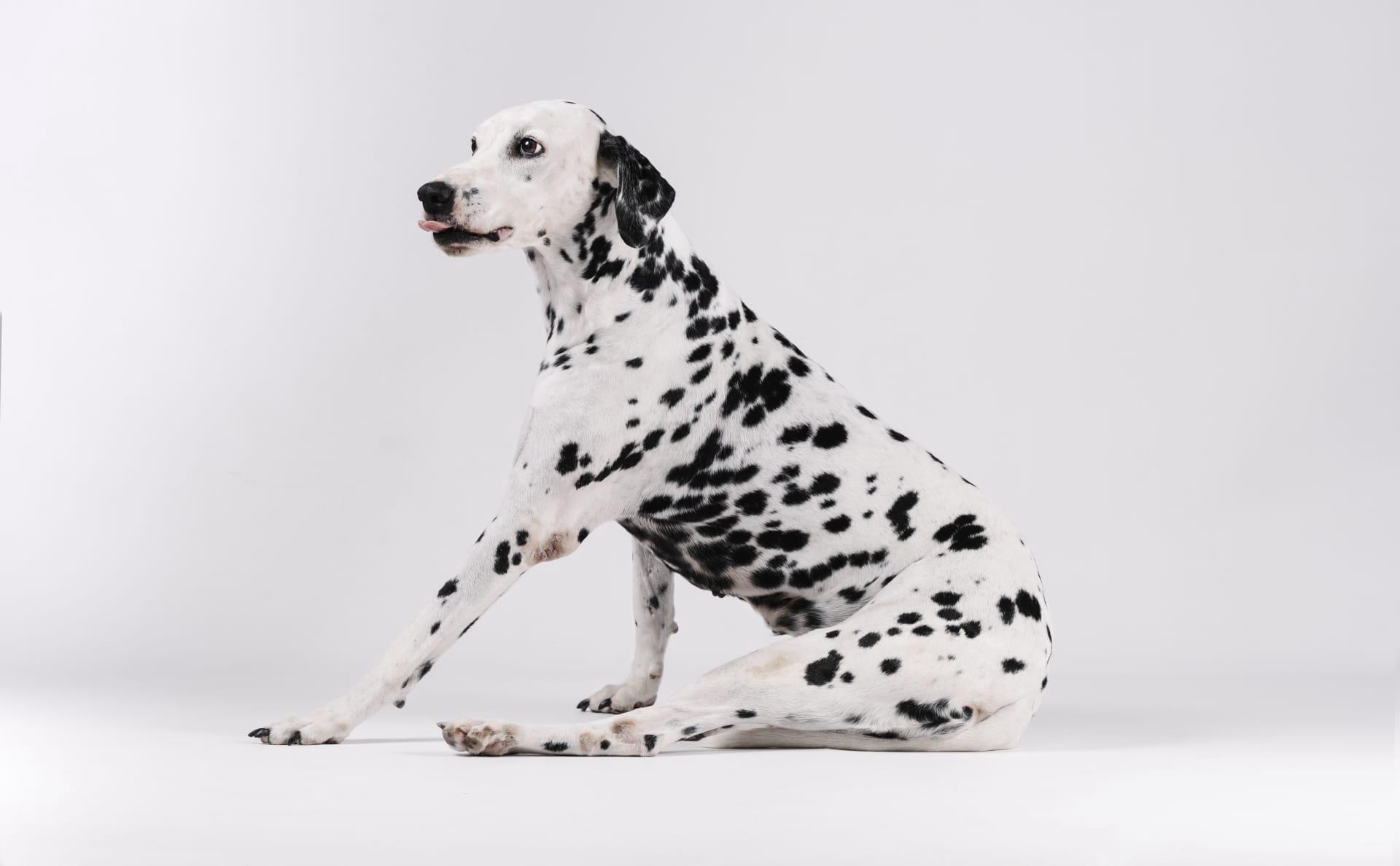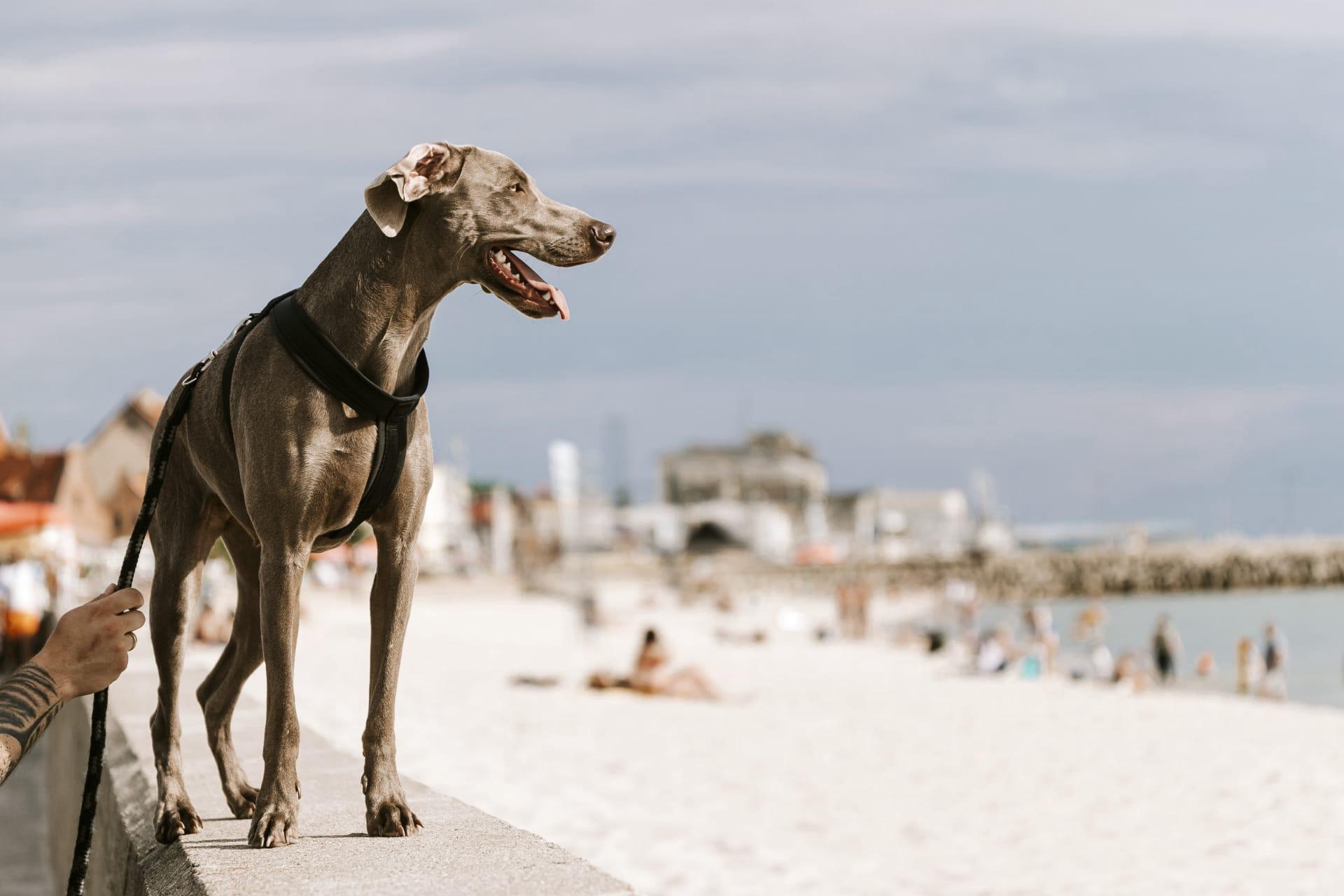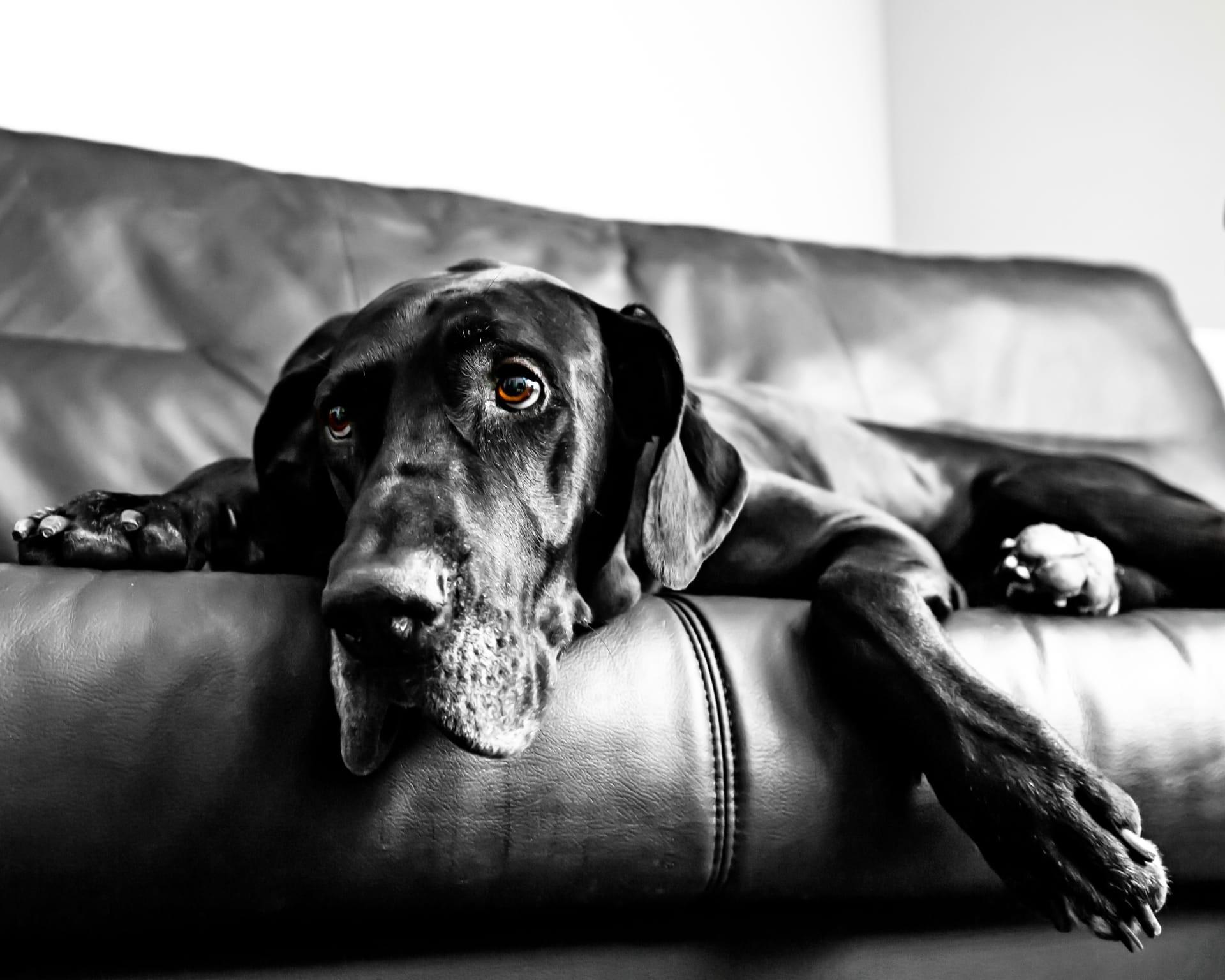1
Great Danes, often referred to as "gentle giants," are renowned for their immense size, with some individuals reaching up to 34 inches tall at the shoulder. This stature allows them to peer over dining tables and counters with ease, a fact that surprises many first-time Great Dane owners. Their size is complemented by their grace and elegance, making them stand out in any setting.
Despite their formidable size, Great Danes have a relatively moderate energy level, but they do require regular exercise to maintain their health. An interesting aspect of their exercise needs is their ability to adapt to their living environments. Whether in a spacious countryside home or a more confined city apartment, they can remain content with daily walks and occasional play sessions in a sufficiently sized space. This adaptability makes them well-suited for a variety of living situations, provided they can stretch out comfortably.

2
Great Danes hold a record in the canine world, with one named Zeus holding the title for the world's tallest dog. Zeus stood at an astonishing 44 inches tall from paw to shoulder, a height that rivals some miniature horses. This record highlights the breed's potential for extraordinary growth and the importance of providing them with adequate space and nutrition to support their large frames.
The breed's history is as grand as their size; they were originally bred in Germany to hunt boars, a task that requires strength, agility, and courage. Over time, their role shifted from fierce hunters to loyal companions, but their heritage contributes to their confident and alert demeanor. This historical transition showcases the breed's versatility and its ability to adapt to changing human needs and lifestyles.

3
Despite their intimidating size, Great Danes are known for their gentle and affectionate nature, especially towards children. They often form strong bonds with young family members, displaying patience and a protective instinct. This temperament makes them excellent family pets, although their size requires supervision around very small children to prevent accidental knocks or bumps.
Great Danes have a distinctive feature known as the "Great Dane lean." This behavior, where they lean against their owners, is a sign of affection and trust. It's both endearing and amusing, as it demonstrates their lack of awareness of their size and their deep bond with their human companions. Owners often joke about being used as a leaning post, highlighting the breed's loving and sociable nature.

4
The lifespan of Great Danes, typically ranging from 7 to 10 years, is shorter compared to smaller breeds. This shorter lifespan is a common trait among larger dog breeds, attributed to the stress their large bodies put on their health. However, with proper care, regular veterinary check-ups, and a healthy lifestyle, many Great Danes live full and happy lives, leaving a lasting impact on their families.
Great Danes come in a variety of colors and patterns, including fawn, brindle, blue, black, harlequin, and mantle. This diversity in appearance means that no two Great Danes are exactly alike, giving each dog a unique charm. The breed's standard recognizes these variations, allowing for a wide range of individual looks within the breed, from the striking harlequin pattern to the classic fawn coat.

5
Great Danes were once used as estate guardians and were valued for their imposing presence and loud bark, which made them excellent deterrents against intruders. Their history as protectors contributes to their alert and watchful nature, making them reliable watchdogs. Despite their gentle temperament with family, they can be reserved and protective when faced with strangers, showcasing their loyalty and instinct to guard.
The breed's enormous appetite matches its size, with adult Great Danes consuming up to 10 cups of dry dog food per day. This dietary need reflects their large size and energy requirements, emphasizing the importance of budgeting for their nutrition. Owners must provide a balanced diet to support their health, particularly focusing on nutrients that support bone and joint health, considering the breed's susceptibility to skeletal issues.